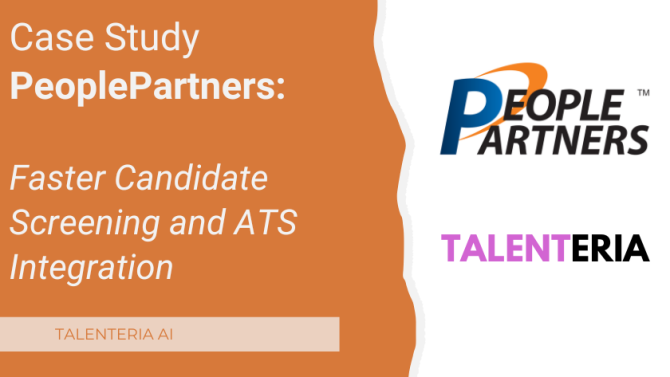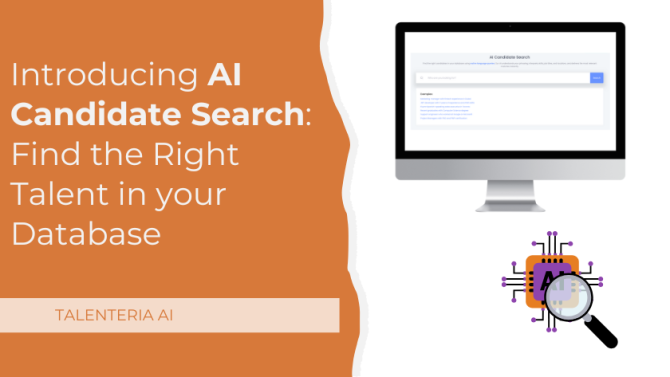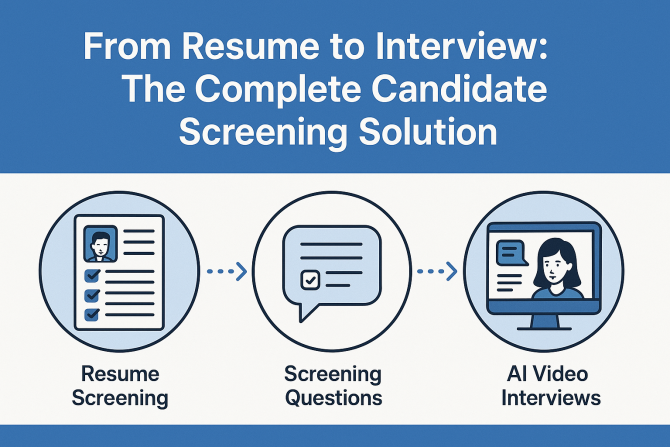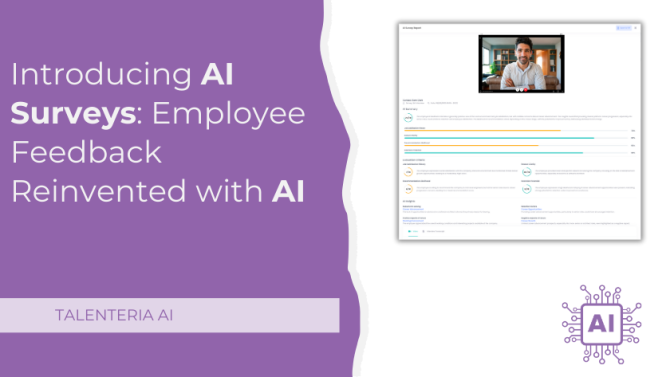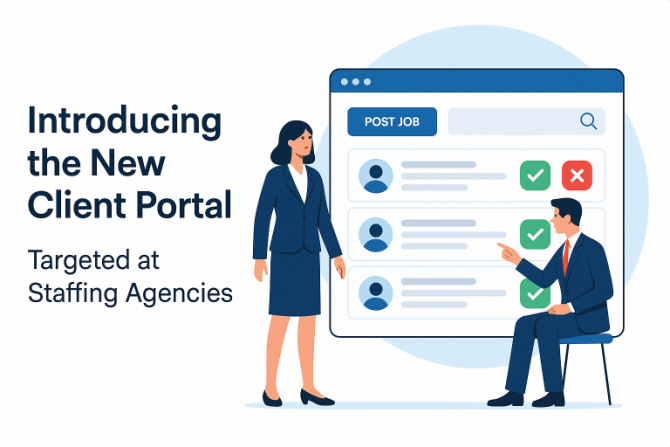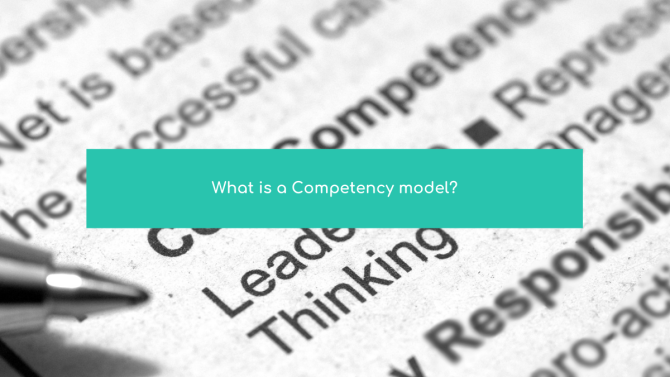
Introduction
The strategic tasks of the company include providing the organization with a competitive advantage in the market. The management needs to have a clear idea of what each employee should do, what knowledge and practical skills they have to run the company forward. Competence modeling plays a crucial role in solving this problem.
Currently, corporate competency models play a crucial part in personnel management policy. In some companies, competency models are used as applied tools for specific HR functions (for example, to assess personal stuff or form a management pool); in others, the system of prescribed competencies is vital in working with personnel.
What Is a Competency Model?
There are many different definitions of the term “competence.” Many experts and HR specialists offer competency model definitions of this concept. But more often than not, it all boils down to two main approaches to understanding competencies.
American approach, considering competencies as a description of employee behavior. Competence is the main characteristic of an employee, with the possession of which he can show correct behavior and, as a result, achieve high results in work.
A European approach that considers competencies as a description of work tasks or expected results of work. Competence is the ability of an employee to act following the standards adopted by the organization.
Thus, the European approach focuses on defining the minimum standard that must be achieved by the employee, while the American model determines what the employee must do to achieve the highest performance.
So, a competency model is a complete set of characteristics that allows a person to successfully perform functions corresponding to his position. A model must be simple, evident, and easy to understand to be effective.
What Are the Benefits of Using a Competency Model?
Why are some companies running successfully and taking the leader position on the market, and others are trying to survive? To answer this question, you need to understand that every business needs a leader who can organize the work of the company and define the main goals. It isn’t a simple task and requires a system organizing everything on the shelves.
The benefits of using a competence model are:
The competency model greatly facilitates selection. And in case you need to search for a lot of people, or in different regions, or even in different countries, it is useful to have such a model. The requirements are formalized and transparent. They are understandable not only for the HR director but also for the ordinary recruiter. Intuitive approaches are minimized, and we can say for sure why one person suits us, and the other does not.
Competencies also work as one of the assessment tools. The competency model is developed competently and reflects the actual requirements for the position. It becomes an understandable and working tool with which we can determine the current level of “suitability” of an employee for his position and development prospects for him. We understand and determine which employee behavior is stimulated by the company.
Another benefit is the ability to set quality and efficiency standards.
When developing a competency model, we lay in it different levels of proficiency from the minimum required to the maximum, which determines the most effective behavior.
The Types of Competencies That Make Up the Model
A wide variety of typologies can be found in various theoretical and practical materials on the topic of competencies. In world practice, there are examples of attempts to develop universal typologies and models of competencies that claim the status of a world standard. For example, the SHL company – the world leader in the field of psychometric assessment and development of solutions. Back in 2004, the company declared the creation of a universal basic structure of competencies by a group of consultants led by Professor D. Bartram.
The basic structure included 112 components, led by the so-called G8 competencies. Today, D. Bartram's model does not meet all the specifics of the requirements for corporate competency structures. Besides, competencies are a corporate tool, so it is almost impossible to create a single set of competencies that any company can use, taking into account all the specifics of job requirements.
Specialists identify the following types of competencies:
Corporate (or core) competencies that apply to any position in the organization. Corporate competencies follow from the values of the company, which are recorded in such corporate documents as strategy, code of corporate ethics, etc.
The development of corporate competencies is part of working with the corporate culture of the company. The optimal number of corporate competencies is 5-7 pieces.
Managerial (or leadership) competencies, which are necessary for leaders to successfully achieve business goals. They are developed for employees engaged in management activities and have employees in line or functional subordination. Management competencies can be similar for leaders in different industries and include, for example, competencies such as Strategic Vision, Business Management, Working with People, etc.
Professional (or functional) competencies that apply to a specific group of positions. Drawing up professional competencies for all groups of positions in an organization is a very laborious and time-consuming process.
Practice shows that some organizations apply only key competencies, others develop and use only managerial ones to assess top managers, and some companies develop special competencies only for employees of the sales department.
While there are countless sources of off-the-shelf competencies, and their use and application are attractive, each organization needs to go through the process of developing its competency model since each company is unique and operates according to its own rules.
The HR manager cannot cope with this work alone since such projects are resource-intensive in terms of the effort expended on their implementation. Therefore, the personnel officer vitally needs the help of management, line managers, and experienced workers.
How Are Competency Models Used?
1. To recruit personnel. The core task of the competency model is to establish the standards for employees required to implement the strategy. When interviewing the candidate for a position, the HR Manager should imply all the aspects of the competence model to choose the right candidate. It is necessary that in the end, there is a person who is pleasant and has an appropriate set of developed competencies.
2. During the annual performance appraisal process, the model is like an ideal basis. It will not reduce the number of comparisons between people on the principle of like-dislike. But it will give the manager a choice: to promote an employee who meets the requirements, who will achieve results, but he is not very sympathetic to the manager. Or promote the opposite person. In this case, the assessment methods can be very diverse.
3. When forming a talent pool based on the competency model, assessment activities are developed, as well as subsequent development programs (training plans).
It will avoid chaotic training and the training plan will be developed according to the established requirements (this also applies to the annual general training plan for all employees of the company and individual plans if any in the company). Here you can see the savings in training costs. Spot training for specific tasks will require fewer costs, than global training for everything.
In the process of assessing the effectiveness of the development programs carried out, the competency model is the basis for comparing what was and how it became.
What Is an Example of a Competency?
Competency models are different, and many organizations and companies develop their models on their needs. Here is one example of the competence model for the organization process.
The main competencies of the organization include:
- productivity – economic growth;
- equality of opportunities for people in production and use of goods, remuneration (equality of chances);
- motivation and control of personnel;
- perspective development, sustainable long-term strategies;
- training and development of personnel.
How to Develop Effective Competency Models?
Every company faces the need to develop competencies, which regularly evaluates personnel using a competency-based approach.
Admittedly, creating a competency model is a time consuming (and often budgetary) endeavor. As a rule, internal specialists, pardon the pun, do not have sufficient competence to describe the competencies in a quality manner. The main mistakes can be called fuzzy wording, overlapping behavioral indicators (found in different competencies). And a lot of time is spent on this work.
Of course, you can use universal competency modeling. But, if there is a task of high-quality transfer of the specifics of the business, you cannot do without formulating your model. And in this case, it is better to contact the providers.
The main stages for the development of a competency model are:
- Defining the goal and objectives (for which we formulate and how we will apply), development methodology.
- Formation of a project group with the involvement of the maximum possible number of participants. It will further reduce employee resistance. Groups can be completely different in direction and time of existence.
- Development of competencies directly.
- Testing using focus groups and assessment procedures.
